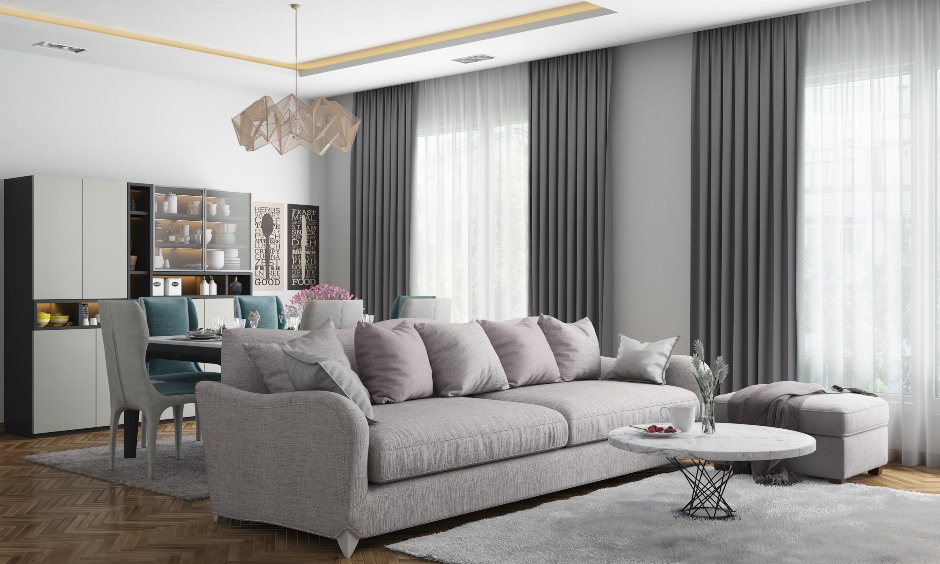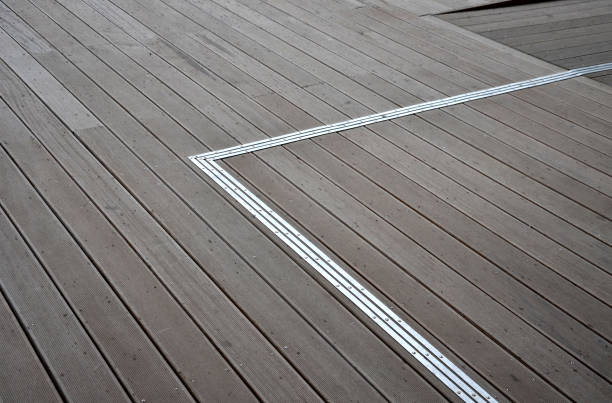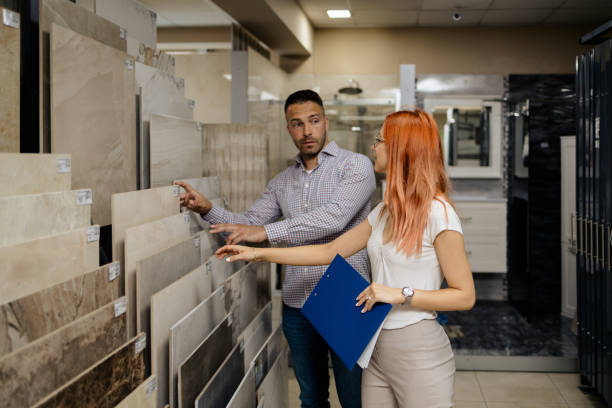What is GIB fixing? What is GIB Fixing? Interior Plastering uses Fixing, and Stopping as a common term. These terms are used when renovating your home or building a new one. These terms are used to describe how it works.
This article will discuss GIB fixing and stopping. This article will answer the following questions: “What is GIB Fixing?” and “What is GIB Stealing?” It is very simple.
What is a GiB?
The GIB board is a lining board that has a cardboard surface as well as a gypsum core for the Gibraltar board. Gypsum can be made with or without additives. Gypsum is typically extruded between thick sheets of facer and backer paper.
GiB boards are used mainly in interior walls and ceilings.
Gypsum, a mineral that contains hydrated calcium sulfurate, is when it’s calcined to plasters of Paris.
It is named Gibraltar board after the rock of Gibraltar. GiB was once the brand name of a local manufacturer that dominates the New Zealand market.
The country eventually adopted it as a generic trademark.
What GIB Boards Should You Use?
To answer the question, “What is GIB fixing?” We first need to understand what a GIB actually is.
GiB boards are more popular than plasterboard and drywall all over the world. This product is made from 100% recycled paper, natural gypsum and is sustainable and non-toxic.
These plasterboards do not use fly ash (a derivative of coal extraction) as a bulk filler as it is environment-friendly, hence why it is considered the new standard of ceilings in Auckland.
GIB boards are a better option for achieving a high-quality finish. It’s cheaper than drywall, and easier to install.
There are many types of GIB boards available. These boards can be used for different purposes such as noise-resistance, fire-resistance, water-resistance, impact-resistance and noise-resistance. GiB boards are a key invention in construction.
What is GiB Fixing?
You may be wondering what GIB fixing is. Let’s simplify this.
GIB Fixing refers to the installation of plasterboard or GIB onto a ceiling or wall. This job is done by a GiB Fixer, a professional. They can also fix any holes or damage to the ceilings and walls.
GIB fixing allows you to install plasterboards on your walls during renovations or new construction.
Professionals can GIB-fix your walls and ceilings to give you the best result. Plasterboards can also be attached with glue and screws. Attach the sheet to its perimeter with screws and glue the battens.
How does GIB fixing work?
It can be tedious to install GIB. After you have selected the type of GIB that you prefer, you need to prepare the substrate.
Next, cut the part and attach it according to the instructions. Layout the part so there are no joints at either end.
Plasterboards must be attached right angles to the battens.
Begin at the ceiling-wall junction, and then glue daubs the battens. As you lift the sheets, glue T-braces in between the junctions to support them.
Then, attach the sheet to each batten by screwing it into place. If you cannot avoid the end joints, back-blocking may be necessary. This is the final step in GIB treatment.
Back-blocking is the process of creating an artificial taper at each sheet’s ends to strengthen joint between plasterboards. Plasterboard strips will be glued to the back of GIB sheets with adhesives. This guide will provide more information about GIB fixing.
Why Choose us For Customers?
Team of Experts
Our team is skilled, knowledgeable, experienced, and well-rounded. They are the best at what their do and deliver unsurpassed results.
Servicing Auckland Region
We welcome all types of customers to our services, even those who reside in Auckland or Northland.
Deliver on Time
A5 Interior Linings respects your time. We have a track record that completes projects on-time and without compromising quality.
What’s GiB-Stopping?
A common question is “What is GIB stopping?”
Plasterboard installation is complete without GIB Stopping. This includes wall skimming, texture removal and more. Using GIB Stopping you can create smooth plasterboard ceilings or walls. The GIB boards are then ready for decoration.
Bedded with high-adhesive inner plaster, the first coat. The next coat will give the best contour.
To create a smooth texture, cover the joints with a sandable GIB – stopping compound. To make the sand finer, you can use a powerful Halogen lamp.
Touch up any marks after painting. To ensure nothing is missed, the plastering supervisor will do a second spot-check.
Do GIBs need to be stopped?
The GIB fixing and stopping of procedures is best left to professionals. The installation can be done by you.
Professionals will be able to keep an eye out for things that you might not have noticed or forgotten. Let’s take, for instance:
- ASNZ Standards will be adhered to by GIB fixers in Auckland for sheet layout and back-blocking. If you desire maximum crack resistance, this is essential. Failures in GIB fixation are often caused by not following AS/NZS2588 – 2011 for Plasterboard Installation. The framing will be checked by professionals to ensure compliance with NZS3609:1999.
- Pros can match your home’s interior with their work. To ensure harmony in a small space, professionals will work with other trades and owners.
- These will make it easier to cut and use butt. These are tasks that professional workers must perform.
- They prevent joints from moving. They are located near the corners of doors and windows, junctions among rooms, hallways, stairwells and mezzanine levels.
- To get the best results, you must ensure that everything is flawless. Although it is possible to correct minor mistakes, a professional cannot fix them all. It is important to get a professional from the start.
These facts will help you to understand the basics of GIB fixing and stopping. This will help you understand the terms and conditions of plasterboard installation at your home.




